The Earth’s Shape: Debunking Flat Earth Myths with Science
Written on
Chapter 1: Understanding Earth's Curvature
For over two millennia, humanity has recognized that our planet is round. Yet, a segment of the population persists in the belief that the Earth is flat, claiming that evidence supporting its sphericity is a fabrication orchestrated by scientists. This article delves into five straightforward proofs that illustrate the Earth’s curvature.
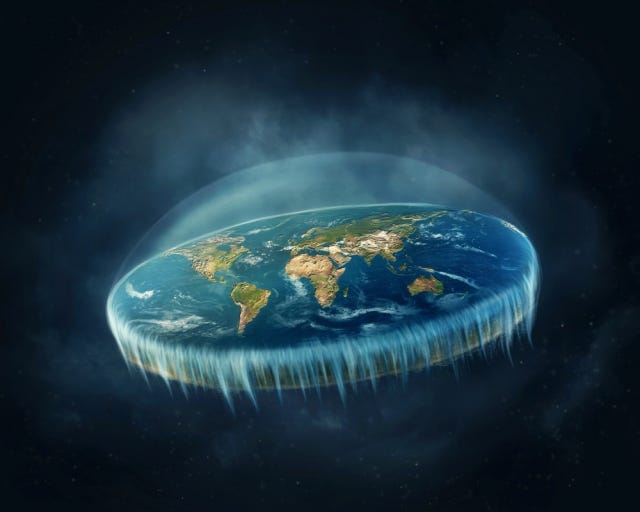
Section 1.1: The Horizon Expands with Altitude
Common experience tells us that the higher one ascends, the farther one can see. This phenomenon is particularly noticeable in open areas, such as at sea or on flat plains where there are no obstructions to vision.
When standing at ground level, the horizon typically extends only a few kilometers. However, as one gains elevation, the visible distance increases dramatically. This is why lookout points on ships are situated on tall masts.

Additionally, it’s important to note that objects beyond the horizon cannot be seen, even with powerful binoculars or telescopes. Conversely, if an observer elevates just a few meters above the ground, they can spot items that were previously hidden from view.
This can be explained by the Earth's curvature, which causes distant objects to dip below the horizon, preventing light from reaching the observer's eyes.
A striking example involves two mountains in Hawaii: Mauna Kea, the highest point in the state, and Kawaikini on Kauai. The distance between these peaks is 509 kilometers.
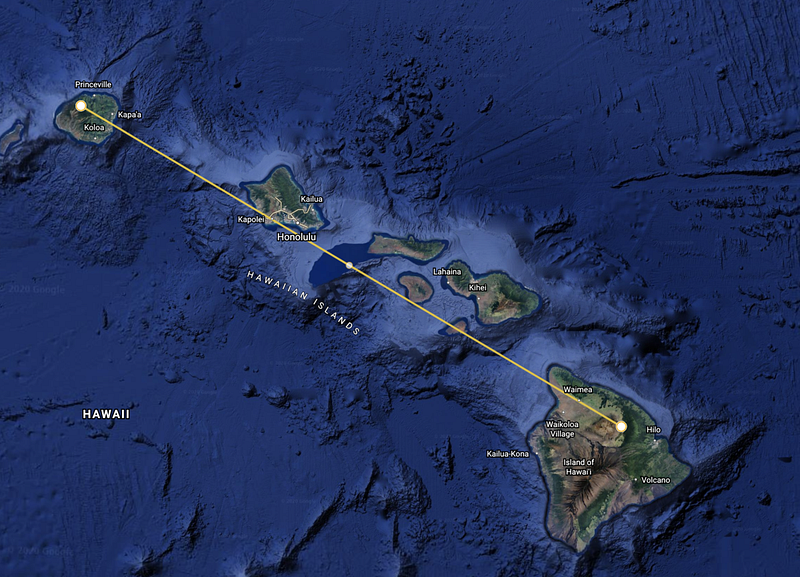
The height of Kawaikini is 1598 meters, while Mauna Kea stands at 4207 meters. A direct line connecting these two peaks traverses primarily over water, with only minor land elevations that wouldn't obstruct the view.
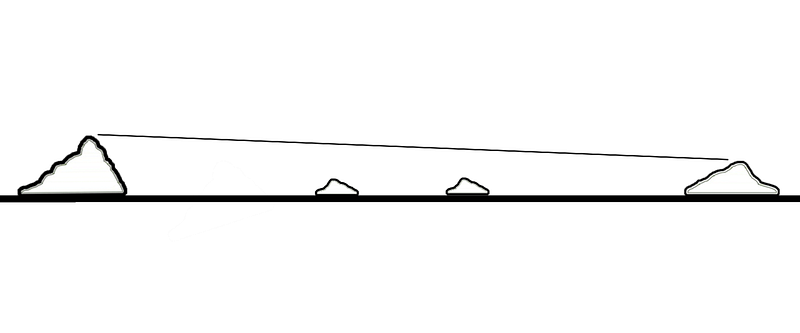
If the Earth were flat, one could easily see Kawaikini from the summit of Mauna Kea since no barriers would exist between them. However, this is not the case; on clear days, the view is obstructed at the horizon line, and no amount of optical aid will change this.
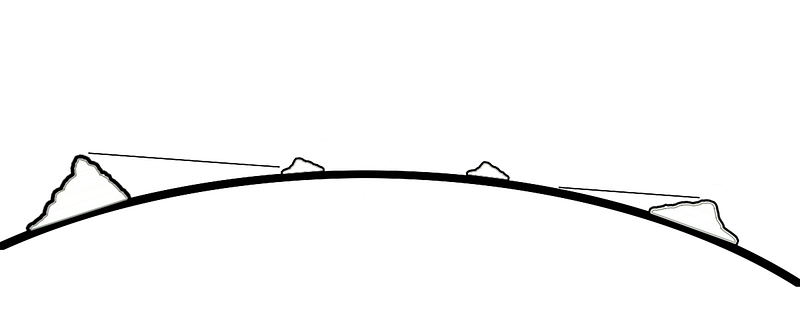
Yet, the human eye is capable of perceiving Kawaikini from this distance. The eye's angular resolution is approximately 0.02 degrees. Basic geometry reveals that at a distance of 509 kilometers, the smallest distinguishable object is around 177 meters.
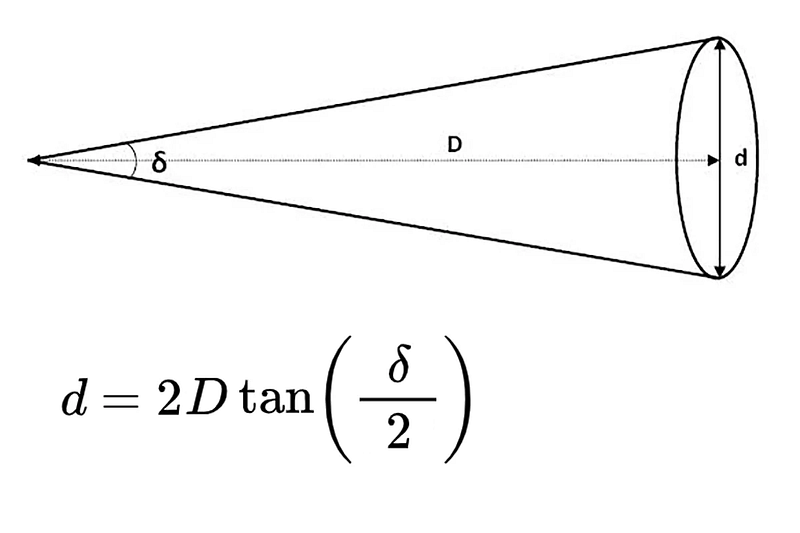
Section 1.2: Observing Polaris
Another compelling proof against the flat Earth theory involves the observation of Polaris, the North Star. By measuring its angular height—the angle formed between a straight line from the observer's eye to Polaris and the Earth’s surface—we can draw significant conclusions.
Sailors and geographers recognize that the angular height of Polaris corresponds directly to geographic latitude. For instance, at the equator, Polaris sits at an angular height of 0 degrees, while in Jerusalem, it rises to 31 degrees, and in Moscow, it reaches 56 degrees. At the North Pole, Polaris is directly overhead at 90 degrees.
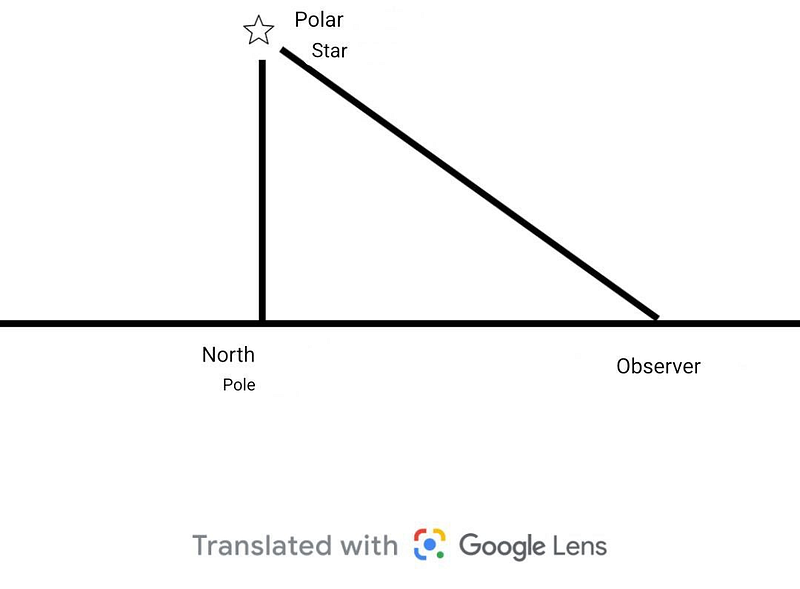
By calculating the distance from Moscow to the North Pole (3089 kilometers) and the angular height (56 degrees), one can determine the height of Polaris. Using trigonometry for a right triangle, we find that the height corresponding to this angle is approximately 2083 kilometers.
However, if we repeat this calculation for an observer in Jerusalem, we find that the distance to Polaris would be 3891.8 kilometers. Each observer at varying latitudes reveals a different height for Polaris, which cannot logically coexist if the Earth were flat.

The lines connecting observers to Polaris do not converge, suggesting that each observer would see their own version of Polaris, a scenario that is impossible and highlights the fallacy of the flat Earth assumption.
On a spherical Earth, these discrepancies vanish. Polaris is located approximately 447 light-years away, and the light it emits travels in parallel lines, leading to the variations in angular height experienced due to Earth's curvature.
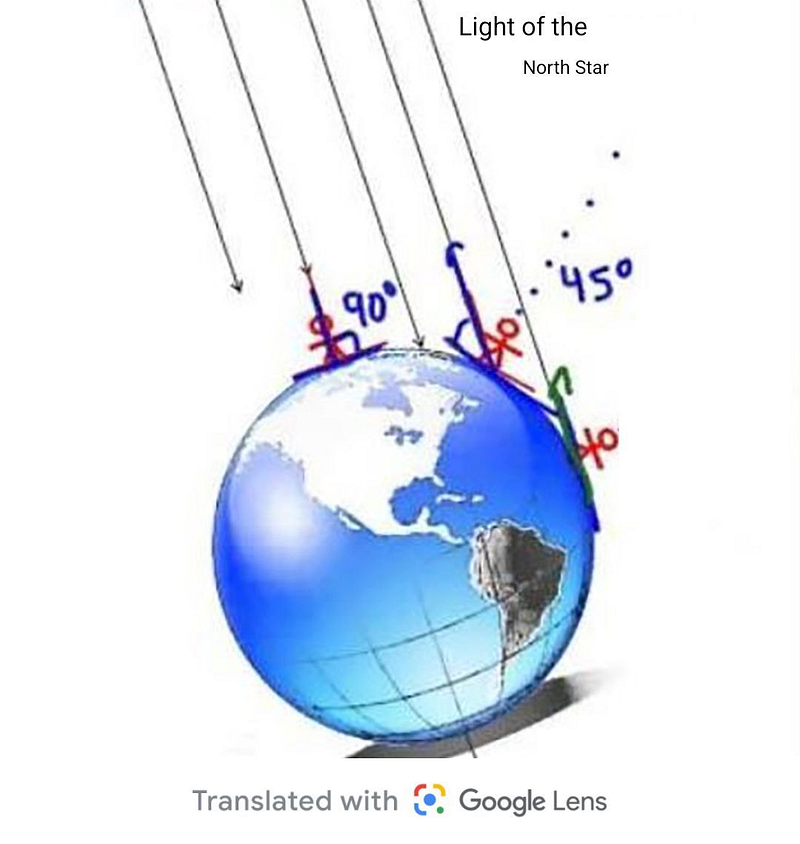
If Earth's surface were indeed flat, the angular heights of Polaris would remain constant across different latitudes, which is not observed in reality.
There are numerous other visual cues that further affirm that our planet is not flat. These include variances in shadow lengths at similar times across latitudes, the patterns of sunrise and sunset, the visibility of different constellations based on geographic position, and the way ships disappear hull-first over the horizon. Many of these topics have been addressed in previous articles.
The first video, titled "3 proofs that debunk flat-Earth theory | NASA's Michelle Thaller | Big Think," presents compelling evidence that challenges flat Earth claims with scientific reasoning and explanations.
The second video, "TOP 10 REASONS Why We Know the Earth is Round," outlines the key arguments that support the understanding of Earth's roundness, debunking common misconceptions.
Feel free to subscribe to our channel for more insights on space and astronomy. If you appreciate our work, consider supporting us on Medium for just $5 a month. Your support helps us to create even more engaging content!